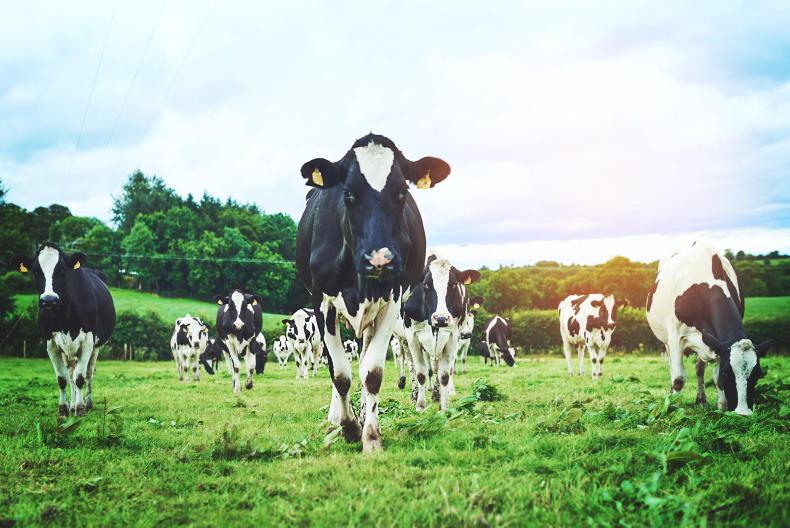Over Christmas, we received the official notice of our continuing membership of the Bord Bia Quality Assurance Scheme. However, the notification was accompanied by much more than a simple pass or fail notice.
I was amazed at the level of detail and useful information contained in a few, easily absorbed pages. I had been conscious of 2023 being a tough farming year.
The extraordinarily difficult sowing conditions in the autumn were my strongest memory of a very difficult tillage year. However, the Bord Bia report clarified just how weather conditions also affected us on the cattle side.
For example, compared with 2022, we used a massive 80% more concentrates to keep and finish the cattle in 2023. Despite that, beef output per livestock unit declined by 15%.
Looking more closely at the figures, the report isolated out that the number of grazing days collapsed from 269 days in 2022 to just 176 days in 2023. Turnout was 15 February in 2022 – in 2023, the turnout date was 17 April.
When we combine the huge extra costs on the cattle side with the price and yield collapse on the tillage side (what tillage farmer doesn’t remember the golden year of 2022 when yields, weather and price all combined to produce a memorable harvest?), it’s no wonder that the final income outcome for 2023 was so disappointing, to put it at its mildest.
More to the point, what can be done about it? Do we just do the same thing again and hope that markets and weather will move in our favour or can we do something more fundamental?
Solution
Part of the solution has to make use of information that is slowly becoming available on the quality of the young cattle we are buying. At this stage, we have only sold one load of cattle out of the sheds.
Of the 15 cattle, all were much the same. All were dairy beef steers and all were much the same age. Two were 20 months old, five were 21 months and the other eight were 22 months.
All were fed the same, both at grass and when housed, but the difference in final price between the best and the worst was a really signifiant €340/head. What I don’t have is the commercial beef value (CBV) of each animal.






 This is a subscriber-only article
This is a subscriber-only article










SHARING OPTIONS: